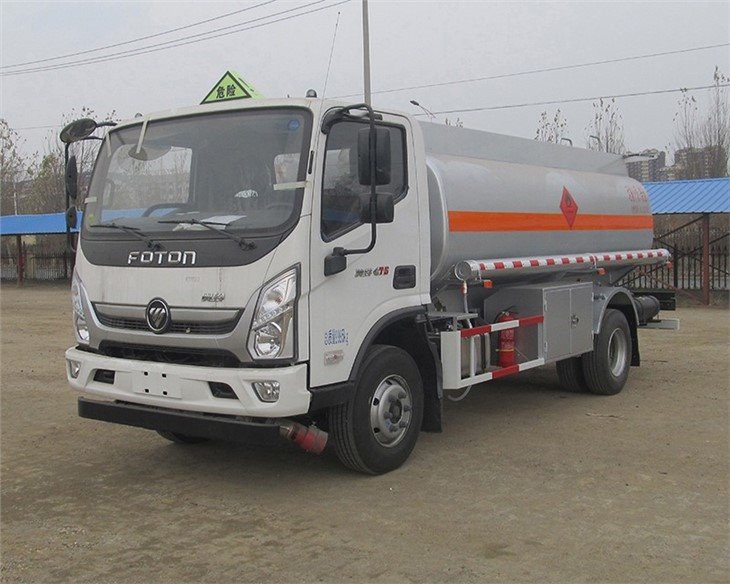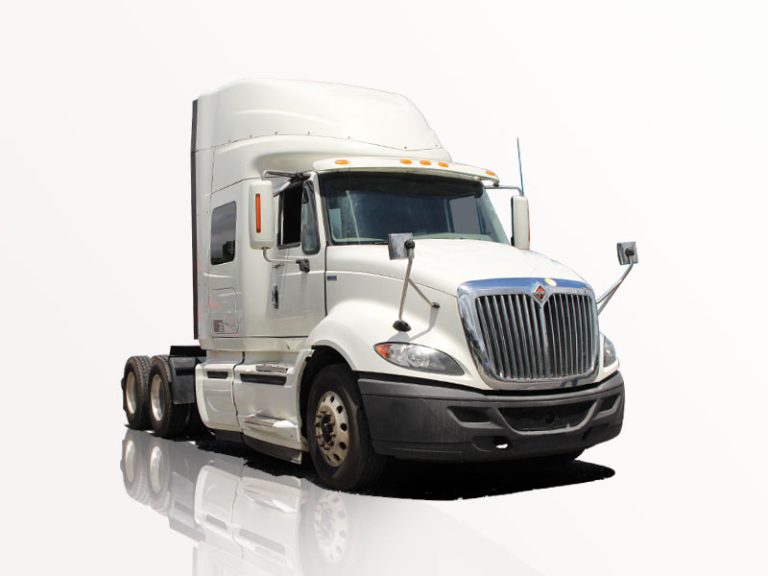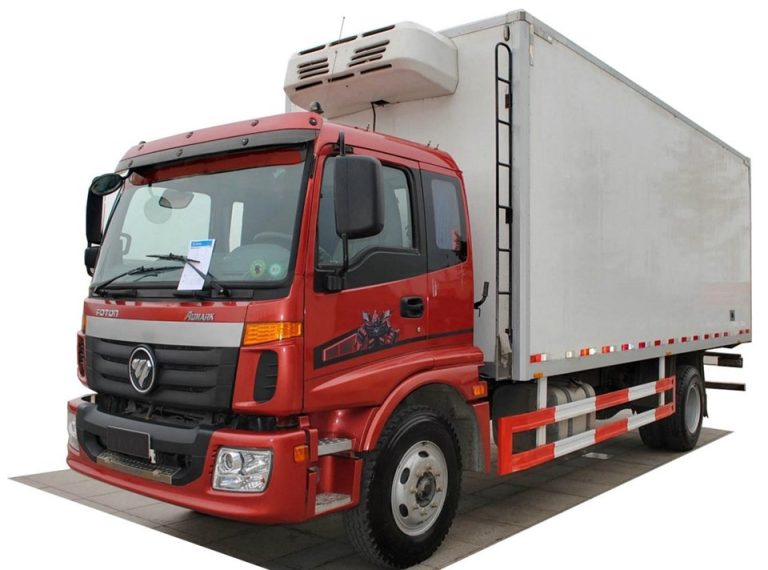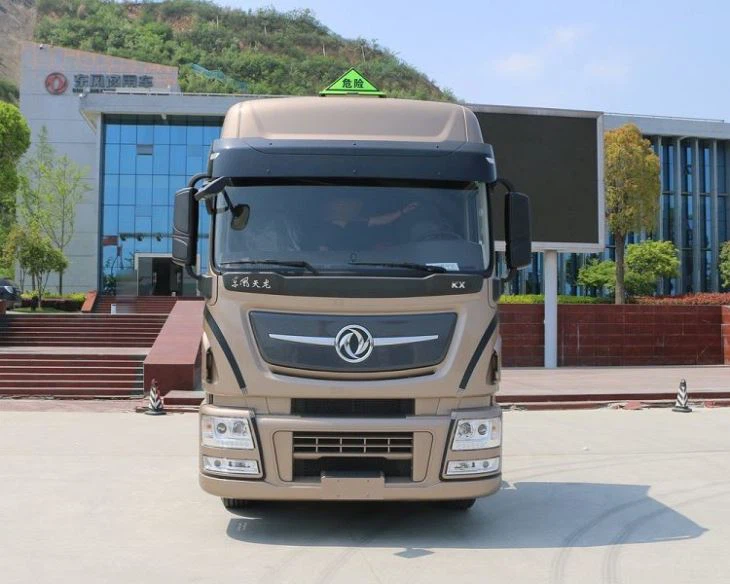Introduction
Heavy duty turntable bearings are crucial components in various industries ranging from construction to manufacturing. These specialized bearings are designed to support substantial loads while allowing smooth rotational movement. Whether you’re interested in heavy machinery, robotics, or simply enhancing your DIY projects, understanding heavy duty turntable bearings is essential. This comprehensive guide will cover everything you need to know about heavy duty turntable bearings, including types, applications, selection tips, and maintenance practices.
What is a Heavy Duty Turntable Bearing?
A heavy duty turntable bearing is a large, specialized bearing designed to handle significant axial and radial loads in rotating applications. Unlike standard bearings, these are engineered for durability, strength, and high performance. They are used in various applications such as cranes, wind turbines, and large machinery.
Components of a Heavy Duty Turntable Bearing
Understanding the components of a heavy duty turntable bearing can help you choose the right one for your needs:
- Inner Ring: Provides a surface for the rolling elements to rotate around.
- Outer Ring: Typically mounted to the main structure, offering stability.
- Rolling Elements: Balls or rollers that provide the necessary movement and load support.
- Separator: Maintains distance between the rolling elements to ensure even load distribution.
Types of Heavy Duty Turntable Bearings
1. Slewing Bearings
Slewing bearings are commonly used in cranes and wind turbines. They can accommodate axial, radial, and tilting moments, making them ideal for heavy loads.
2. Cross Roller Bearings
These bearings provide high rigidity and are often used in equipment that needs to maintain precise position control, such as robotic arms.
3. Ball Bearings
With lower friction levels, ball bearings are suitable for applications where speed is essential. They typically have a lower load capacity compared to other types.
4. Tapered Roller Bearings
Ideal for handling both axial and radial loads, tapered roller bearings are commonly used in automotive and agricultural machinery.
Comparison of Bearing Types
| Bearing Type | Load Capacity | Friction | Applications |
|---|---|---|---|
| Slewing Bearings | High | Moderate | Cranes, Wind Turbines |
| Cross Roller Bearings | Moderate | Low | Robotics |
| Ball Bearings | Low | Low | Speed Applications |
| Tapered Roller Bearings | High | Moderate | Automotive, Agriculture |
Applications of Heavy Duty Turntable Bearings
1. Construction Equipment
Heavy duty turntable bearings are prominently used in cranes, excavators, and other construction machinery. They provide stability and support under heavy loads.
2. Robotics and Automation
In robotic applications, these bearings ensure that the moving parts can rotate smoothly, enhancing precision and efficiency.
3. Wind Turbines
The use of turntable bearings in wind turbines allows for the effective rotation of the blade assembly, maximizing energy capture from wind.
4. Transportation Systems
Heavy duty bearings are found in conveyor systems, providing reliable operation even under heavy loads.
5. Military and Aerospace
Advanced applications in defense systems and aircraft often rely on the durability and precision offered by heavy duty turntable bearings.
How to Choose the Right Heavy Duty Turntable Bearing
Selecting the correct heavy duty turntable bearing involves various factors. Here are some practical tips:
1. Load Capacity
Determine the maximum load the bearing will need to support. Choose a bearing rated for at least 20% more than your estimated load for safety.
2. Speed Requirements
Consider the speed of rotation. Different types of bearings can handle different speeds efficiently.
3. Environmental Conditions
Assess the working conditions, such as exposure to moisture, dust, and temperature extremes. Some bearings are designed for harsh environments.
4. Alignment and Mounting
Ensure the bearing you choose is compatible with the alignment and mounting arrangements of your application. Some turntable bearings are designed for specific types of mounts.
5. Maintenance Needs
Choose a bearing that offers easy maintenance. Some bearings come with lubrication fittings that simplify upkeep.
Maintenance Tips for Heavy Duty Turntable Bearings
1. Regular Inspections
Conduct regular inspections to check for signs of wear, corrosion, or misalignment. Early detection can prevent larger issues.
2. Proper Lubrication
Ensure the bearings are properly lubricated according to the manufacturer’s specifications. Insufficient lubrication can lead to overheating and premature failure.
3. Clean Working Environment
Keep the area around the turntable bearing clean to minimize contamination from dust and debris.
4. Monitor Operating Temperature
Keep an eye on the operating temperature. High temperatures can indicate insufficient lubrication or excessive friction.
5. Replacement Schedule
Establish a replacement schedule based on the bearing’s operating conditions and expected lifespan.
Cost Factors for Heavy Duty Turntable Bearings
Understanding the costs associated with heavy duty turntable bearings can aid in budgeting for projects. Here are the main cost factors:
1. Type of Bearing
Different types of bearings carry different price points. Slewing bearings typically cost more than ball bearings but offer greater load capacity.
2. Size and Specifications
Larger and more specialized bearings usually have higher costs due to the materials and engineering involved in their manufacture.
3. Manufacturer and Brand
Well-known brands may charge a premium for their reputation, while less recognized brands may offer competitive pricing.
4. Quantity
Purchasing in bulk often reduces the price per unit. Consider this if you’re outfitting multiple pieces of equipment.
5. Warranty and Service Support
Bearings with better warranty terms and service support may come at a higher cost but could save you money on replacements in the long run.
Future Trends in Heavy Duty Turntable Bearings
The future of heavy duty turntable bearings is promising, with several upcoming trends:
1. Advanced Materials
Innovative materials like composites and advanced polymers are being explored to enhance durability and reduce weight.
2. Smart Technology Integration
Integration of sensors for real-time monitoring will provide data that can help in predictive maintenance, reducing downtime.
3. Sustainable Manufacturing
As industries shift towards sustainability, manufacturers are focusing on eco-friendly production methods and recyclable materials.
FAQs about Heavy Duty Turntable Bearings
1. What is the lifespan of a heavy duty turntable bearing?
The lifespan can vary significantly based on usage conditions, but many heavy duty turntable bearings can last several years with proper maintenance.
2. Can I install a heavy duty turntable bearing myself?
It is possible to install a turntable bearing yourself, but proper training and understanding of the specific bearing type are crucial. It’s often best left to professionals.
3. How do I know if I need to replace my turntable bearing?
Signs of wear such as unusual noises, overheating, or visible damage can indicate that a bearing needs to be replaced.
4. Are there specific lubricants for heavy duty turntable bearings?
Yes, always use the lubricant recommended by the manufacturer. Different bearings may require specific types of oil or grease.
5. What are the most common failures in heavy duty turntable bearings?
The most common failures are due to inadequate lubrication, contamination, and misalignment.
6. Where can I purchase heavy duty turntable bearings?
Heavy duty turntable bearings can be purchased from industrial supply stores, bearing manufacturers, and online marketplaces specializing in mechanical components.



